Biotransformations: Bioremediation Technology for Health and Environmental Protection
This volume provides a clear understanding of how microbes, following their degradative processes, contribute maximally to the benefit of mankind through biotransformations of waste materials as well as a wide variety of health-risk compounds.The book contains twenty four chapters contributed by leading scientists from different parts of the world, covering various aspects of bioremediation of xenobiotics such as toxic, carcinogenic, teratogenic, and mutagenic compounds, which include halogenated aromatics, derivatives of heavy metals, microbial toxins, tannins, dyes, sulfur compounds of coal and petroleum and pesticides. The bioremediation of agricultural residue, industrial as well as municipal wastes, fuel oils, lubricants, natural rubber products, and other synthetic polymers, which pollute the environment substantially, also constitutes an important component of the book. All biotechnological aspects of microbial transformations pertaining to biodegradation/bioremediation of hazardous wastes, ranging from screening methods for microbes with degradative potential, processes of degradation, strain improvement for enhanced biodegradation and elimination of xenobiotics of health and environmental concern have been dealt with. The book intends to widen the scope of Applied Microbiology and Biotechnology in general and biotransformations in particular.
{{comment.content}}
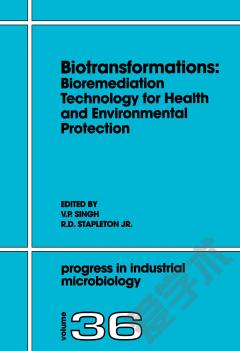
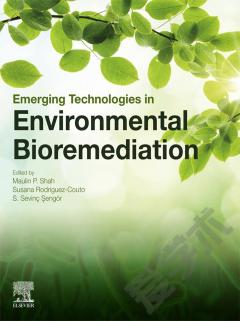


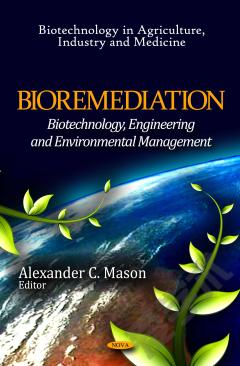
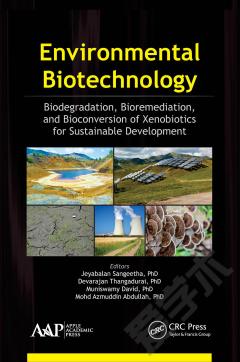
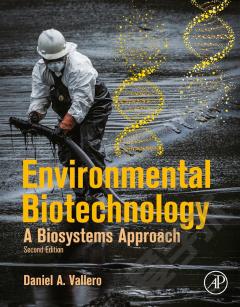

 京公网安备 11010802027623号
京公网安备 11010802027623号